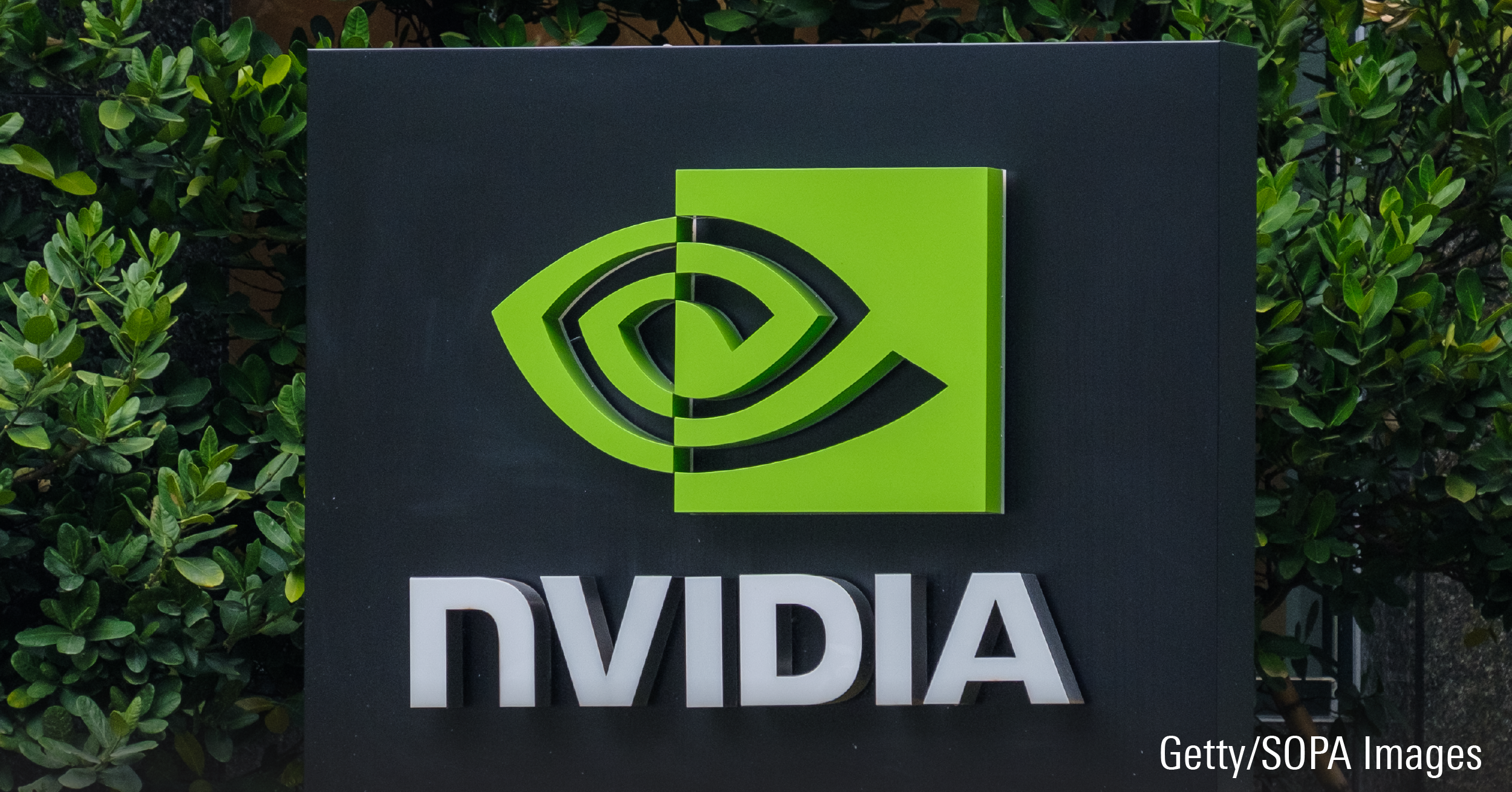On Jan. 2 2019, Apple released a letter from CEO Tim Cook with revised revenue guidance for Apple’s fiscal 2019 first quarter. Specifically, revenue is now expected to be $84 billion versus a prior range of $89 billion to $93 billion. The new revenue figure implies a 5% year-over-year decline. The chief culprit was Greater China, as most of the firm’s revenue shortfall to its guidance stemmed from the region across iPhone, Mac, and iPad. Cook cited a softer economic environment combined with rising trade tensions between China and the United States. In contrast, non-iPhone segments (services, Mac, iPad, and wearables) combined to grow nearly 19% year over year. Positively, services revenue is expected to be $10.8 billion during the December quarter, which implies 28% year
-over-year growth and was significantly above our prior estimates. Despite significantly cutting our iPhone unit forecasts for China in the near term, we are maintaining our $200 fair value estimate, thanks to stronger services and wearables expectations serving as the offset.
We believe the current headwinds experienced by Apple in China and lack of growth in other regions are consistent with our view that replacement cycles are lengthening in the face of higher priced flagships. We don't believe the weakness is due to a significant number of users switching to Android-based phones, although we believe recent events have validated our moat trend downgrade from positive to stable in mid-2018, stemming from our view that Apple’s narrow moat derived from switching costs and intangible assets are intact, but no longer strengthening. With shares entrenched in 4-star territory, we see an adequate margin of safety as Apple’s growth trajectory rests with its ability to better monetize its premium installed base, rather than grow iPhone units in a largely saturated smartphone market.
Macroeconomic concerns aside, we are not all that surprised to see signs of a weaker fiscal 2019 for Apple following a stellar fiscal 2018. A similar slowdown occurred in fiscal 2016 with the iPhone 6s launch that was more incremental than revolutionary. We also remind investors that thanks to 10 days’ worth of sales of the latest iPhone XS and XS Max (starting at $999 and $1049, respectively) at the back-end of Apple’s fiscal fourth quarter, iPhone sales rose 29% year over year to $37.2 billion during that quarter. The 2017 flagship iPhone X did not contribute to Apple’s top line until the first quarter of fiscal 2018, thus distorting the comparisons of iPhone product sales and artificially raising the bar for the first quarter of fiscal 2019.
Looking ahead, although Apple did not provide forward guidance for its fiscal second quarter-ending in March, we anticipate tepid near-term guidance, as demand during the Chinese New Year holiday often boosts Apple's iPhone sales during the period. Regardless, longer term, we foresee a resumption of overall mid-single-digit revenue growth from fiscal 2020 onwards following a reset in iPhone unit sales this year.






















